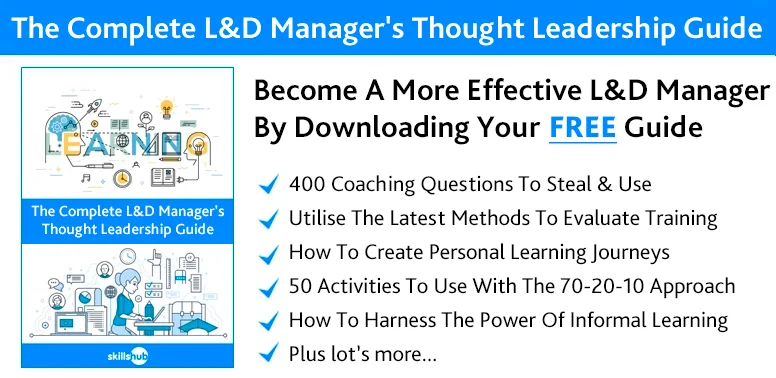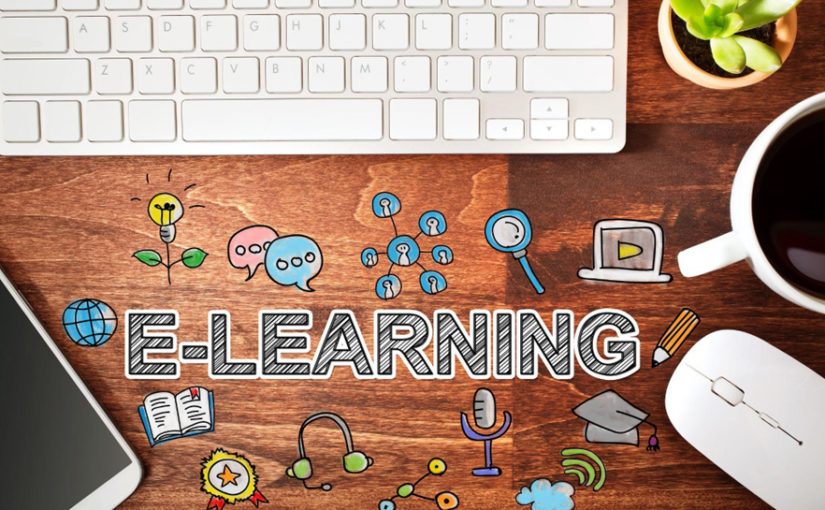Smart-phones have transformed the way we: communicate, socialise and entertain ourselves.
But, one area where smart-phone tech has yet to explode is mobile learning or m-learning.
However, with nearly 100% of under 50s owning smart-phones, and superfast 4G becoming the norm it’s time for mobile learning to go mainstream.
Still not convinced?
Here’s 3 reasons why you should be delivering M-Learning today.
Millennials Love It
Millennials are deeply attached to their smart-phones and being the biggest generational group in the work-place, this type of elearning content is the optimal learning channel for your workforce.
As an eLearning company, Skillshub is committed to creating efficient and impactful learning experiences. Contact us to find out more.
It Can Increase Learner Engagement
Microlearning is about developing libraries of topical, highly targeted, bite-sized learning content that can be consumed in minutes rather than hours.
Learners can access this content on an episodic or on-demand basis to find learning content that can help them deal with a pressing or ongoing developmental need.
The relative immediacy of this learning content vs classroom learning will lead to enhanced learner engagement.
It’s Cost Effective
M-Learning comes with a lower learner overhead versus class-room based learning, (as there are no associated travel costs or lost time in transit), while arguably delivering the same, and in some cases a more engaging learning experience.
Finally, here’s our top three tips on how to implement m-learning in our business.
Firstly, it’s essential that you analyse your audience and determine learning needs.
Secondly, choose m-learning-optimised presentation formats such as: podcasts and vodcasts, post-training quizzes, updates and tips, social learning, performance tools, just-in-time checklists.
Practical sessions, simulations and long courses can not be effectively delivered via m-learning.
Next, you’ll need to make a choice between: authoring and delivering your own m-learning content, getting someone else to author it for you, or buying off-the-shelf content.
Be open to combining these options depending on the particular budget level and skill-mix of your business.
Finally, these projects can required coordinated input from multiple stakeholders and experts and you should ideally assign a project lead to bring the project to fruition.


 Smart-phones have transformed the way we: communicate, socialise and entertain ourselves.
Smart-phones have transformed the way we: communicate, socialise and entertain ourselves.










